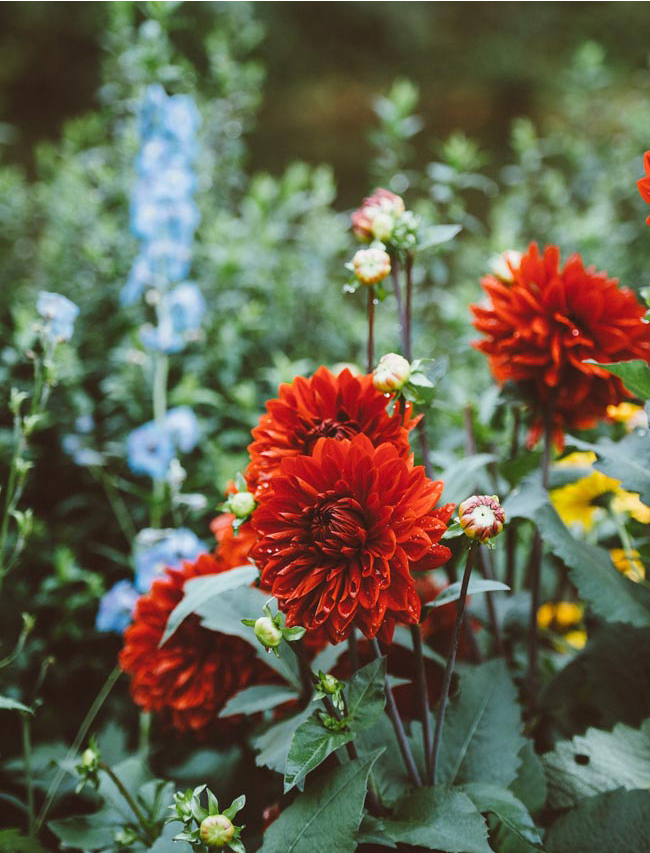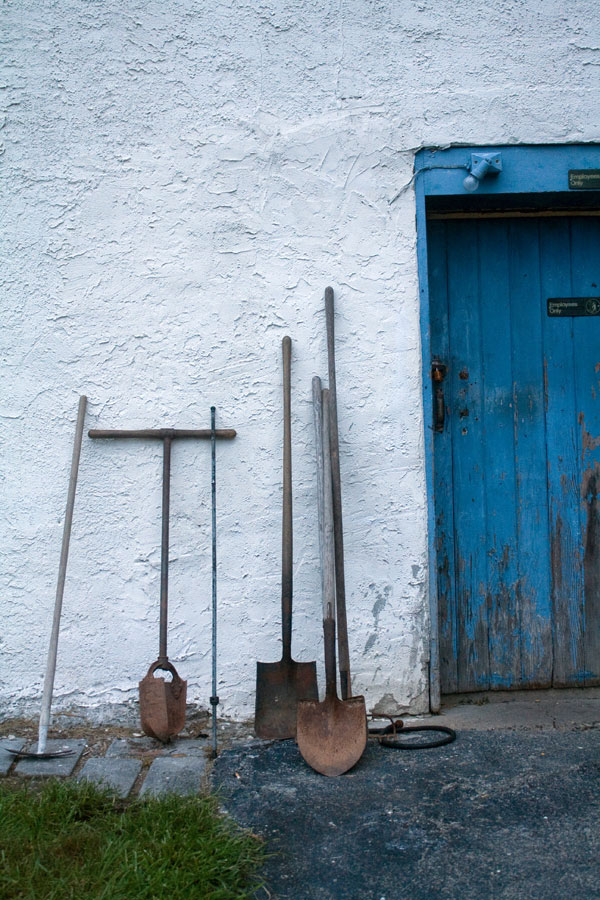Autumn Gardening: 10 Simple Ways to Show Your Garden Some Love

Photo: Annie Spratt on Unsplash
As the temperature begins to dip, it may be tempting to take a break from gardening chores and simply let Mother Nature take its course. But with just a little effort, you can give your garden a great jump-start on spring’s blooms.
1. Get rid of diseased leaves.
Remove any diseased leaves from flowerbeds and dispose of them in the garbage, not the compost pile. If left on the soil all winter, they will re-inoculate the plants with disease spores when spring comes around.
2. Spread the gold around.
The small leaves from trees such as honey locust, birch, beech, ginkgo and silver maple are like gold for your garden. Spread them under shrubs and over exposed soil — the leaves will degrade into mineral nutrients, and worms will turn them into fertilizer. You can also shred the leaves and store them in bags for winter mulch.
3. Scatter seeds from annuals wherever you’d like them to bloom.
You may be surprised: hardy annuals such as larkspur, poppies, cleome and cosmos often take root from seeds that are sown in the autumn and conditioned under the winter snow.
4. Replace summer annuals.
After clearing out your summer annuals, plant some icicle pansies or violas for a fresh pop of colour for your garden. They will bloom until December and then lie down for the winter. Cover them with evergreen cuttings until early spring — and presto! They’ll be ready to sprout new flower buds. (Another idea for embracing autumn: arrange containers using a variety of ornamental cabbages and kales.)
5. Plant hardy, spring-flowering bulbs.
Basic bulb tip: Plant flower bulbs three times the depth of the bulb.
6. Plant spring and summer-flowering perennials.
If you’re thinking of planting perennials, the general rule is to allow six to eight weeks for root formation before winter settles in. A thick mulch of leaves and evergreen cuttings will help to keep root balls safe from frost. Experts say it’s best to wait until the soil has frozen before mulching any new plants. And a note to garlic-lovers: Autumn is also the best time to plant garlic. (See Garlic 101.)
7. Divide overgrown perennials.
Now is also the time to divide overgrown perennials, including day lilies, hardy geraniums and Siberian iris. The simplest way to do this is to use a sharp shovel and cut directly into them — and then replant in the garden right away.
8. Continue to water shrubs and trees.
To help them get through the winter, it’s important to give shrubs and trees a thorough watering right up until the time when the ground freezes. Also keep in mind that fall is a good time for planting evergreen trees and shrubs. Again, since the root systems of evergreens pump water all winter, it’s important to water them well before the ground freezes.
9. Harvest ripened fruits and vegetables…
… and then savour the sumptuous taste of summer all year long. Preserve the harvest of your garden with these simple ideas for preserving summer’s bounty.
10. Protect your equipment.
To maintain your garden tools, clean them thoroughly before storing for the winter. Also be sure to turn off water taps — and bring all hoses and sprinklers safely inside.

Sources: CanadianGardening.com; About.com